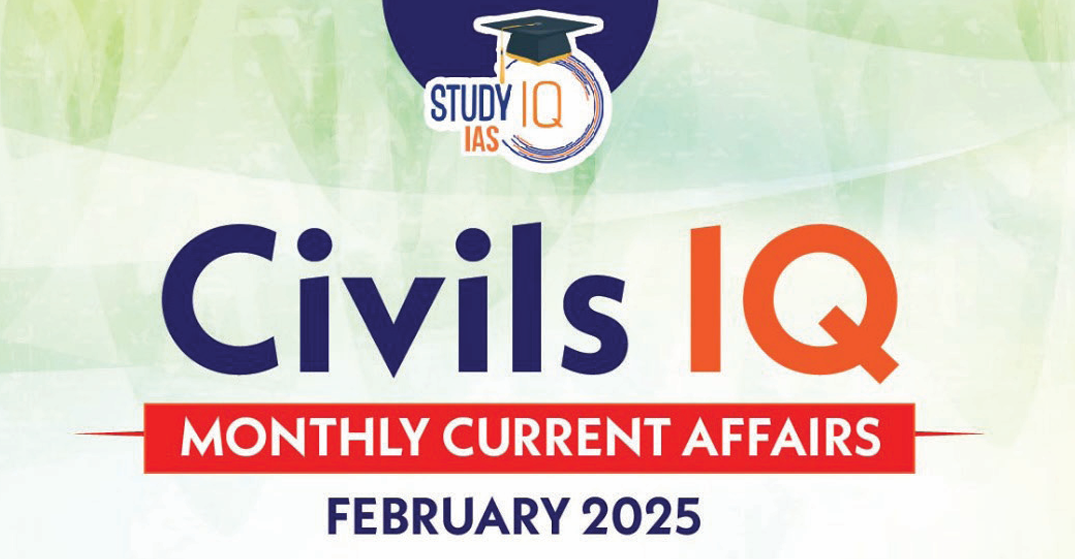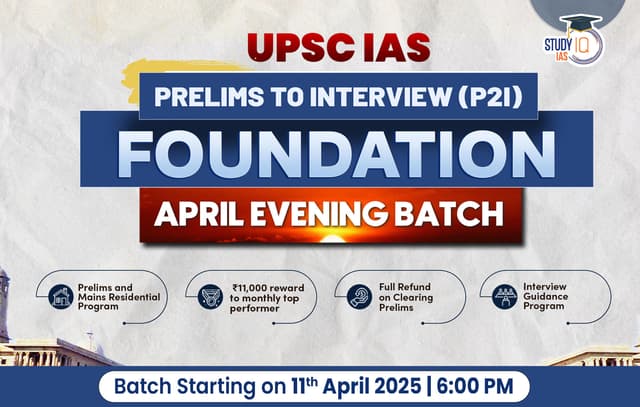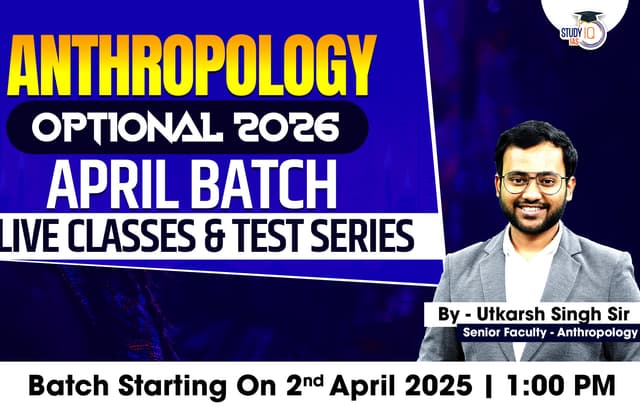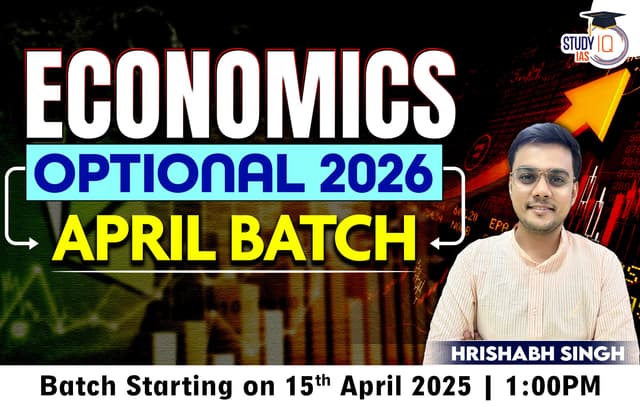Table of Contents
Context: Recently, Prime Minister Narendra Modi, in his ‘Mann Ki Baat’ radio programme, highlighted the alarming increase in obesity in India. The National Family Health Survey Round 5 (NFHS-5, 2019-21) suggests that nearly one in every four men or women is obese.
More in News
- He cited that 1 in 8 Indians is affected by obesity.
- Urged people to reduce oil consumption by 10% per month to promote a healthier lifestyle.
Obesity Challenge: The Scale of the Problem
Definition of Obesity: The World Health Organization (WHO) defines overweight and obesity as abnormal or excessive fat accumulation that poses a health risk.
Obesity Trends in India (NFHS Data)
The National Family Health Surveys (NFHS) data shows a steady rise in obesity:
- Women (Overweight/Obese):
- 2015-16 (NFHS-4): 6%
- 2019-21 (NFHS-5): 24%
- Men (Overweight/Obese):
- 2015-16 (NFHS-4): 9%
- 2019-21 (NFHS-5): 9%
- Urban obesity levels are significantly higher than rural areas.
Abdominal Obesity (Lancet Study, 2023)
A 2023 study in The Lancet Regional Health Southeast Asia analyzed NFHS-5 data and found:
- 40% of women had abdominal obesity.
- 12% of men had abdominal obesity.
Childhood Obesity
NFHS data shows an increase in overweight children under 5 years:
- 2015-16: 2.1%
- 2019-21: 3.4%
- Older children face even higher risks (World Obesity Atlas 2022 estimates for 2030):
- 5 to 9-year-olds: 81% prevalence
- 10 to 19-year-olds: 23% prevalence
Health Risks Associated with Obesity
Metabolic Syndrome
Indians are genetically predisposed to storing fat in the abdomen.
- Abdominal obesity contributes to metabolic syndrome, increasing risks of:
- Type 2 diabetes
- Heart disease
- Stroke
Adult Health Risks
According to the WHO, obesity is a major risk factor for leading causes of poor health and early death, including:
- Several types of cancer
- Osteoarthritis
Diabetes
India has the highest number of diabetes cases in the world, with 101 million people suffering from diabetes.
Cancer
Indian Council of Medical Research (ICMR) – National Cancer Registry Programme projects:
- 2022: 14.6 lakh cases
- 2025: 15.7 lakh cases
Cardiovascular Diseases (CVDs)
- One of the leading causes of death and disability in India.
- Indians are affected by CVDs at least 10 years earlier than other populations.
Non-Communicable Diseases (NCDs)
60% of all deaths in India are now due to NCDs, which include obesity-related illnesses.
Childhood and Adolescent Health Risks
Childhood obesity can lead to:
- Higher risk of NCDs at an earlier age.
- Adverse psychosocial effects:
- Lower school performance.
- Lower quality of life.
- Higher risk of stigma, discrimination, and bullying.
- Children with obesity are more likely to remain obese in adulthood.
Causes of Rising Obesity in India
Unhealthy Diet and Ultra-Processed Foods
Urban India has seen a rise in:
- Ultra-processed food consumption.
- Unhealthy eating habits (high in sugar, salt, and unhealthy fats).
Low Physical Activity Levels
A Lancet Global Health Study (2023) found that:
- Nearly 50% of Indians do not get sufficient physical activity.
- Indoor lifestyle: Increased use of digital devices and sedentary work culture.
- Outdoor conditions discourage activity:
- No safe cycling lanes or pedestrian paths.
- Shrinking green spaces.
- Rising street crime deters walking in urban areas.
Air Pollution
Air pollution contributes to inflammation, leading to:
- Increased risk of cardio-metabolic diseases.
- Visceral fat accumulation (fat stored around organs).
Economic Barriers to Healthy Eating
- Low-income households rely on carbohydrate-heavy diets (rice & wheat).
- Protein & micronutrient-rich foods (fruits, vegetables, dairy, pulses, meat) are expensive.
- Rural obesity is rising and may soon overtake urban obesity.
Limitations in Measuring Obesity
- Traditional BMI Limitations: Body Mass Index (BMI) is the most commonly used metric but has limitations:
- Does not differentiate between muscle mass and fat.
- Does not indicate fat distribution in the body.
Updated Obesity Diagnosis Guidelines
- Indian experts introduced a new obesity classification:
- Stage 1: Increased fat accumulation but no impact on organs or daily life.
- Stage 2: Fat accumulation impacts organ function and physical abilities.
- Recommended new measurement methods:
- Waist circumference
- Waist-to-height ratio
- Body fat percentage
Current Situation of Obesity and Related Diseases in India
- Obesity Rates: Increased from 1.2% in 1990 to 9.8% in 2022 for women and from 0.5% to 5.4% for men.
- Prevalence of Overweight/Obesity: 9% among men and 24% among women in NFHS-5.
- Abdominal Obesity: 40% of women and 12% of men are abdominally obese.
- Childhood Obesity: A 60% increase in prevalence among under-five children between NFHS-4 and NFHS-5.
Associated Health Risks
- Diabetes: 1 in 4 Indian adults is diabetic or prediabetic.
- Cardiovascular diseases: Obesity contributes to hypertension and heart-related ailments.
- Liver disorders: High-fat diets and obesity lead to fatty liver disease.
- Economic burden: Obesity-related costs amounted to $28.95 billion in 2019 (1.02% of GDP), expected to rise to 57% of GDP by 2030.
Government Shortcomings
- Lack of Targeted Programs: While undernutrition is a focus of government programs, obesity is not adequately addressed through structured policies.
- Initiatives like Khelo India, Fit India Movement, and Eat Right India put the burden of action solely on individuals, ignoring systemic issues.
- Inadequate Regulation on Processed Foods: Ultra-processed foods (UPF) and high-fat, salt, and sugar (HFSS) foods are widely available and aggressively marketed.
- There is no strong policy to tax junk food or regulate misleading food advertisements.
- Lack of Urban Planning for Physical Activity: Most cities lack cycling tracks, pedestrian-friendly roads, and open gyms for public use.
- Sedentary lifestyles are increasing due to poor infrastructure and lack of accessible recreational spaces.
- Health System Gaps: Doctors rarely check for obesity or discuss healthy weight during routine consultations.
- No national protocol for obesity management through clinical interventions, medications, or counseling.
- Food Affordability and Nutrition Gap: Healthy food is more expensive than junk food in India.
- According to the 2024 State of Food Security and Nutrition Report, 55% of Indians cannot afford a healthy diet.
What Needs to be Done?
- Public Awareness and Science Communication: Obesity must be recognized as a chronic disease, not just a lifestyle issue.
- Nationwide awareness campaigns should focus on the risks of obesity and the benefits of healthy eating.
- Better Urban Planning for Physical Activity: Create dedicated walking and cycling lanes in cities.
- Ensure open gyms, public parks, and exercise-friendly spaces are available and accessible.
- Taxation on Junk Food & Subsidies for Healthy Food: Higher taxes on ultra-processed foods and sugar-laden beverages.
- Subsidies on fruits, vegetables, and other nutritious food to make them affordable for all.
- Routine Screening & Medical Interventions: Mandatory weight, height, and waist circumference measurements during health check-ups.
- Clear guidelines for prescribing anti-obesity medications and interventions.
- School and Workplace Initiatives: Schools should promote healthy eating habits, restrict unhealthy foods in canteens, and introduce nutrition education.
- Workplaces should provide regular health screenings and promote active lifestyles.
- Inter-Ministerial Coordination: A multi-sectoral task force (Health, Finance, Education, Urban Development, and Agriculture ministries) should lead India’s obesity control strategy.
- Food Industry Regulation: Stringent advertising regulations on HFSS foods, especially those targeting children.
- Online food delivery platforms should promote healthy choices.


 Job Deficit in India, Challenges and Gov...
Job Deficit in India, Challenges and Gov...
 Gender Gap in Household Chores Persists ...
Gender Gap in Household Chores Persists ...
 Madrasa Education, History and Implicati...
Madrasa Education, History and Implicati...





















